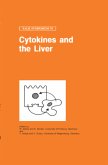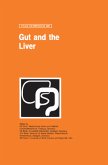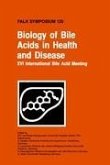The gastrointestinal tract has a number of unique features. Its extensive surface is formed by a single layer of rapidly renewing cells, the intestinal epithelial cells. These cells are in contact with a number of other cell populations, including the largest part of the immune system, and with an excessive luminal antigen load, including vast numbers of bacteria. Furthermore two more organs, namely liver and pancreas, are part of the system. The rapid renewal of the epithelial layer, the interactions of different cell types, and the balance between cell proliferation and death, have been fascinating subjects of studies in recent years. Much has been learned, and cytokines have emerged as important mediators for all these interactions and homeostatic systems.
This book, the proceedings of the Falk Symposium 113 on `Cytokines and Cell Homeostasis in the Gastrointestinal Tract', held in Regensburg, Germany, 16-18 September 1999, provides a forum for basic scientists and interested clinicians to exchange ideas, to discuss concepts and to plan further studies.
This book, the proceedings of the Falk Symposium 113 on `Cytokines and Cell Homeostasis in the Gastrointestinal Tract', held in Regensburg, Germany, 16-18 September 1999, provides a forum for basic scientists and interested clinicians to exchange ideas, to discuss concepts and to plan further studies.








